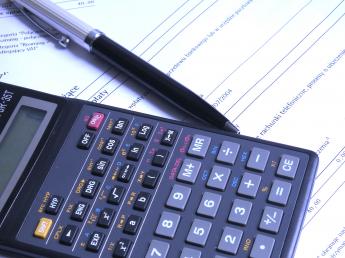|
Minder Finance
The finance system is primarily designed as a complement to the distribution system. It is a simple to understand yet powerful and reliable tool to control the following areas.
Overview 
Creditors
General Ledger
Cash Book
Bank Reconciliation
Financial Statements
Budgeting
Asset Register
Overview
Highly integrated
Information need only be keyed in once with all updating in the related areas done automatically.
Multi company
The system enables up to 99 different companies to be maintained.
Multi user
Like our distribution system it allows several people to perform the same functions at the same time.
User Friendly
Designed to be simple, straightforward and easy to use most common functions are performed in a logical step by step process within a familiar windows interface.
Accurate and Accountable
One of the principal aims of the system is to be able to prove its integrity so that not only the customer, but also external parties such as auditors and government bodies can be confident in the information the system can provide. The systems integrity is maintained by a number controls throughout the system. Each report can easily be reconciled to the various control accounts within the General Ledger.
Flexible
The system is aimed to provide as much flexibility as possible. For example the report layout of the financial statements is set-up by the user and can as simple or as complex as required. All data can be entered up to 6 months retrospectively and still maintain system integrity. Ledgers and assets are kept on the system for as long as required (or disk space allows).
Creditors
All creditors are uniquely identified by a numeric code. The creditor section utilises the open item system of accounting and allows the retrospective posting of invoices back 6 months. A creditor invoice can either be manually entered or if the finance and distribution system are linked and this is a trade creditor, goods inwards entries for that linked supplier / creditor will come through to goods inwards value to be matched with goods inwards value. Credit notes can be entered and Statements printed for each creditor to show. Aged trial balances and master details can be viewed and printed by creditor.
If the 2 systems are linked 2 more reports become available which show accrued creditors and stock (the value of stock brought into Goods Inwards but for which invoices have not been received or stock not received in the month invoice was entered.)
General Ledger
The general ledger system uses the double entry system of accounting. It integrates heavily with all other functions such as creditors and accruals and is used as the key control for verification of reports etc. Each transaction is automatically assigned a unique reference number so it can be cross-referenced between accounts. Standing journals allow you to set up repetitive journals such as regular monthly payments and these are automatically posted to the General Ledger at the commencement of each month.

Cash Book
This function covers direct cash payments, creditor payments, a process for executing a cheque run and functions for reconciling the bank statement.
Financial Statements
The layout of financial statements has been designed to allow a great deal of flexibility to the user. Users may set up a range of report formats.
Budgeting
The budgeting system provides the abilities to set up budget figures for accounts. You can enquire, report and maintain budgets from here. Variance reports and a Budgeted Profit and Loss Statement prints with both budgeted and actual figures to show progress.
Asset Register
The asset register provides the facility for the storage and retrieval of information relating to the company's assets. Each asset is allocated a unique asset register number, a specific general ledger account and a depreciation expense account. At the end of each month the system updates the depreciation accounts in the general ledger using either Prime Cost (Straight Line) or Diminishing Value. The asset register can enquired on and depreciation rates changed from here.
Bank Reconciliation
|
